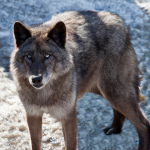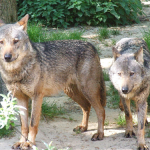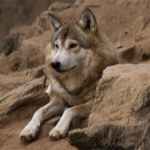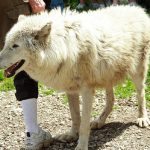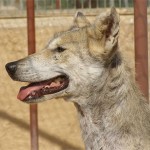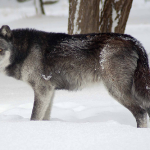Wolves have always been the dominant species at ‘Souls.
For the first year of the game, from 2001–2002, wolves were just about the only species found at ‘Souls. Despite influxes of coyotes, dogs, and jackals since those early years, wolves have maintained dominance Many hybrids also contain wolf blood: wolfdogs and coy-wolves are more commonplace than coydogs and jackal hybrids by far.
The predominant subspecies of wolf found at ‘Souls is the Eastern Timber Wolf as this subspecies is native to the area.
Characteristics
Size
Wolves can vary significantly in size, from the tiny Arabian Wolf — weighing no more than 40 pounds (18 kg) and standing 26 inches (66 cm) at the shoulder on average — to the massive Mackenzie Valley Wolf, which can weigh almost 150 pounds (68 kg). and stands 34 inches (86 cm) at the shoulder.
In general, northern wolves are larger than southern wolves — the higher the latitude and the colder the temperatures, the larger a subspecies is (on average).
Appearance
Wolves’ coats are multi-layered; the first consists of guard hairs that protect the undercoat from water and dirt. The second layer is a dense, water-resistant undercoat that insulates against cold and protects the more delicate skin from water. This undercoat is generally gray regardless of the coloration in the upper layers of fur. Wolves shed their undercoats between spring and summer and their coloration can be quite distinctive from winter to summer — a wolf that is darker in winter may become lighter in the summer.
Fur coloration may or may not coincide with environment. Although white wolves may be more common in areas with constant snow cover, the blended, “timber wolf pattern” of an average gray wolf is theorized to be more important for emphasis of certain gestures in social situations — not camouflage. Black coats in purebred wolves are based on a mutation that first arose among domestic dogs and later migrated into the wolf-population via ancient interbreeding.
Eurasian versus North American

Eurasian wolves and North American wolves are often compared: the Common Gray Wolf is used as the standard basis for comparison of “Old World” subspecies, while the Great Plains Wolf is used as the standard basis for comparison of “New World” subspecies.
Eurasian wolves have longer and larger ears that are placed higher up on their heads. Their skulls tend to be narrower than their North American cousins, along with their loins. The fur coloration and texture is also different — more browns and tawny colors are seen in Eurasian wolves, and their coat tends to be coarser. Many Eurasian wolves tend to have a dark stripe running along their spine; winter fur tends to be brighter in color than the duller summer fur. In the winter, the Eurasian wolf loses some of its tawny coloration.
In Europe, wolves rarely formed large packs like in North America, as their lives were more strongly influenced by human activities. Because of this, Eurasian wolves tend to be more adaptable than North American wolves. This may partly explain the much more speedy adaptation of a humanized lifestyle in the post-apocalypse. Another explanation is that there were simply more European wolves than American wolves; remember, wolves had all but been eradicated from the continental United States, and it is likely reclaiming territory featured much more prominently on depleted North American wolves minds than adapting human technologies.
Culture and Lifestyle
Wolves are pack-oriented and highly social creatures, more so than coyotes and jackals. However, wolves’ culture is not monolithic — at ‘Souls, despite many packs, there have always been individual canines who prefer the loner lifestyle. Wolves are incredibly adaptable; they can live on the open tundra or the thick, old forests; they are also prevalent throughout the cities, ubiquitous throughout Europe and much of Asia.
Subspecies

North America |
Europe & Asia |
| Note: The subspecies pages open in new windows to the ‘Souls Wiki. | |
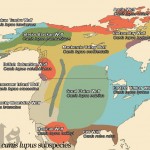
|
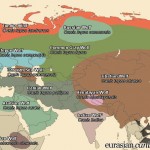
|
